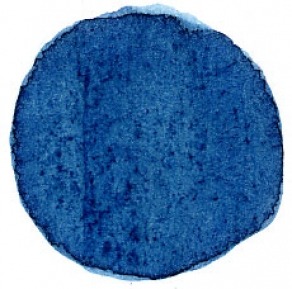Eyeing for the foothold of the Indian western coast, British naval forces commander Nicholas Downton strategically fought the Portuguese in February 1615. However, the British forces never realized that by hiding in the shallow Surat waters, they would be the first British vessels filled with blue treasure to reach the port.Yellow and red which are the other two primary colors can easily be obtained from flora and fauna, however, blue on the other hand which is the third primary colors can be extracted only from indigo. The knowledge of extracting the blue color from leaves has been passed on from one generation to another and is guarded. This is the reason why the extraction is confined to only certain parts of the world. In 1705, the Germans even passed an order to mine Indigo and considered as a mineral. Even when the Englishmen landed in India, indigo was amongst the most sought after commodity and was being widely produced in Deccan region and Northern Gangetic plains, with the finest of the quality coming from north eastern part of Agra.Indigo is the oldest form of dye in the history of the mankind. It can be used on any form of fiber and is an essential constituent for attaining colors black, purple and green.
Create an account
Welcome! Register for an account
A password will be e-mailed to you.
Password recovery
Recover your password
A password will be e-mailed to you.




